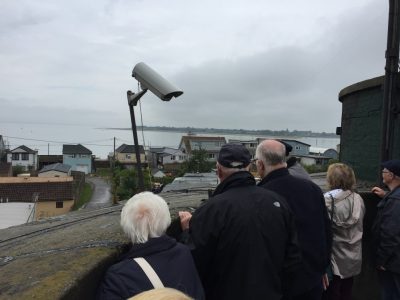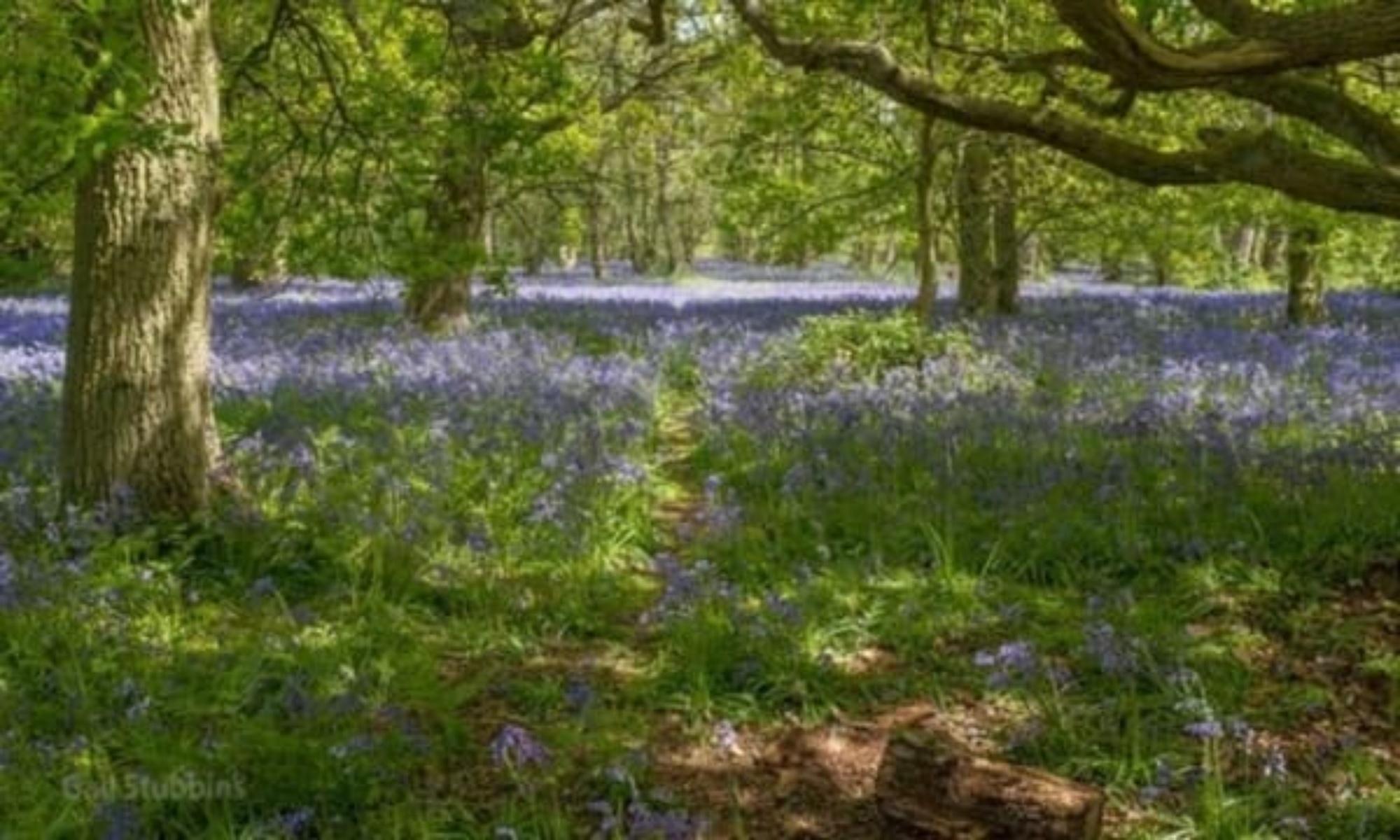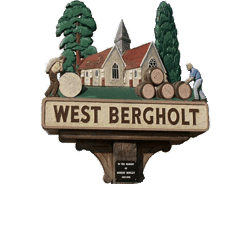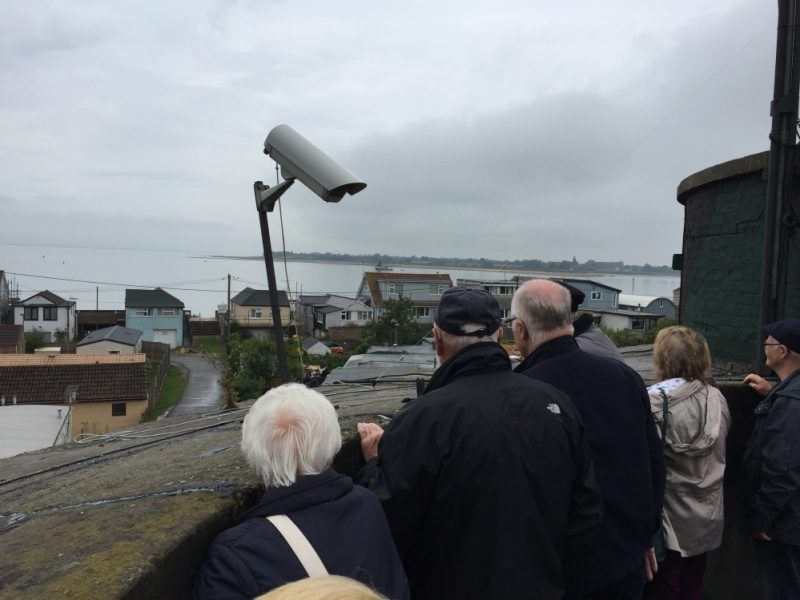
Aviation, done, next trip Gainsborough House
Having visited the Aviation Museum this month the History Group are looking forward to visiting the Gainsborough House Musem.
If attending this next trip you should meet up at the museum in Sudbury at 10:30 am on Wednesday 17th July. It is very important you pre-book this trip so the museum is prepared for the numbers; book by calling Gill Poole on 01206 240512 by 10th July.
The visit will cost £6 for History Group members and £8.50 for non-members, this includes entry & refreshments.
East Essex Aviation Museum – 19th June
Members of the Local History Group were welcomed enthusiastically by the volunteers at the East Essex Aviation Museum. The volunteers created, and now run, this very informative museum housed in the Martello Tower at St Osyth since 1985. Although the museum concentrates on aviation history, and particular World War 2, there is information on a broader range of subjects. Many of us experienced “I remember that” moments when we saw the cabinet which displays household objects from the 40s and 50s; it is well worth a look!
The view from the roof of the tower (see above) is interesting and well worth the climb; it provides a perspective on the history of the tower since it was built in the early 19th century. Entrance to the museum is free although the volunteers welcome a donation to the ongoing costs such as maintenance and recovery digs.

The volunteers have many stories to tell about where and how they recovered some of their interesting objects; if you should visit please feel free to ask them.
 Gainsborough House Museum
Gainsborough House Museum
Thomas Gainsborough (1727-88) was born in Sudbury, the fifth son and ninth child of John and Mary Gainsborough. Gainsborough’s baptism took place at the Independent Meeting-House in Friars Street on 14th May 1727. The artist spent his childhood at what is now Gainsborough’s House, on Gainsborough Street. He later resided there, following the death of his father in 1748 and before his move to Ipswich. Gainsborough is credited with being a leader of 18th-century British landscape school; he was also a founding member of the Royal Academy.
Formed in 1958 the Gainsborough’s House Society’s purpose was to purchase the house and establish it as a centre for Thomas Gainsborough. The Museum first opened to the public in 1961 and has remained open for over 50 years. A devoted body of volunteers maintain the beautiful historic garden at the heart of Gainsborough’s House; they garden exclusively with plants that were available in Gainsborough’s lifetime.




